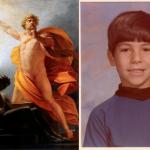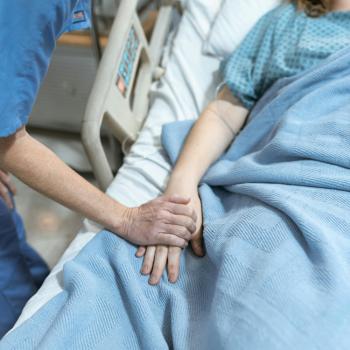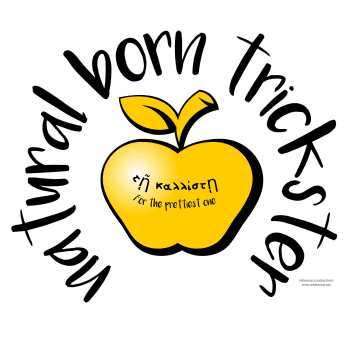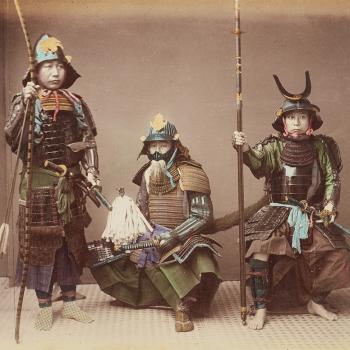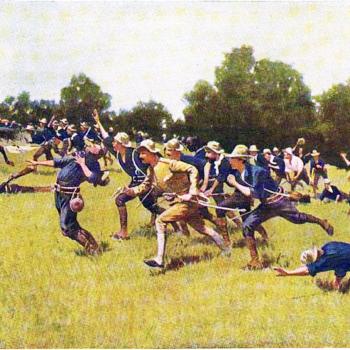Early: You ever been shot?Simon: No.
Early: You oughta be shot. Or stabbed. Lose a leg. To be a surgeon, you know? Know what kind of pain you’re dealing with. They make psychiatrists get psychoanalyzed before they can get certified, but they don’t make a surgeon get cut on. That seem right to you? — “Objects In Space”, Firefly, Joss Whedon
I recently got an e-mail from one of my shiatsu clients. He has been having shoulder pain and he thought that it might be a rotator cuff tear; but I suggested that it might be from some impingement or entrapment of the ulnar nerve, and had tried to address that possibility in our last session. He saw his orthopedic surgeon, and as it turns out the surgeon also thinks that it could be an issue with the ulnar nerve. Also, he reported that he got significant relief from the treatment — “Your work reduced my pain by 50% which meant that I was actually able to sleep that night. I saw continued improvement over the next several days.”)
While it’s nice to get one right, to be able to help, and to get appreciation for it, the irony is that the reason I was able to say “hey, this sounds like there might be some ulnar nerve impingement going on” is because that’s something I’ve been through myself.
(Disclaimer: any readers on the Board of Massage Therapy Examiners, please note that I did not “make a diagnosis”, since that is not in the scope of practice of massage therapists or Asian Bodywork therapists. I only suggested to my client that they consult a physician.)
In 1996, I stepped in to break up a barfight at my favorite dive bar, the late lamented Leadbetter’s Tavern. As I dragged one of the beligerants out the front door in a full nelson, someone else jumped into the fray and I fell backward, landing on my left elbow with that large fellow on top of me.
At the time I only felt a bruising on my elbow, but the next morning I had a lot of shoulder and arm pain. I spent the next month or two with my arm in a sling much of the time; I avoided surgery, but went through a course of physical therapy. (Fortunately, this was in the days when I had actual affordable access to health care.)
It turned out to be a life-changing injury. A few years later a flare-up would send me to an acupuncturist, my introduction to Chinese medicine. That was a step on the path that led to me downshifting my career in software development and studying shiatsu and Asian Bodywork Therapy. Without it I may never have gone to Japan, may never have written my first book, and might not have this blog.
The “wounded healer” is an old idea, going back at least to the classical Greek mythology around the centaur Chiron, foster son of Apollo, and around his student Asclepius. Carl Jung is probably most responsible for the modern version of this trope; he wrote that “a good half of every treatment that probes at all deeply consists in the doctor’s examining himself…it is his own hurt that gives a measure of his power to heal.”
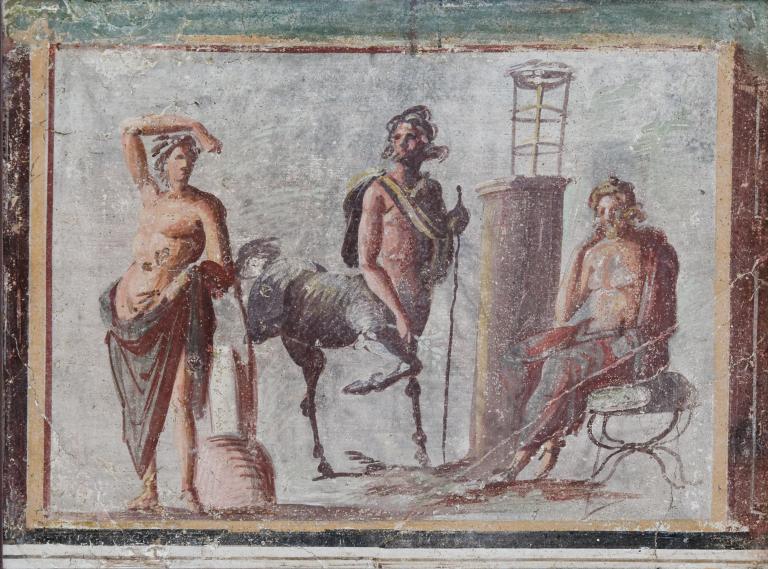
And certainly it is true that our own experiences, our own wounds and our own suffering, give us the material to understand the pain of others and to find ways to help them. I think about how, a few months back during the holidays, I had a massage client come to me in great pain, not only physically but emotionally; she had recently lost her mother. I was able to connect with her through my own grief over the loss of my father and help her.
But we must be wary of thinking that more suffering enables more healing, that in order to become better healers we must suffer more.
There is a story about the making of the film Marathon Man, specifically the scene between Laurence Olivier and Dustin Hoffman. It’s quite possibly apocryphal or distorted, but it serves to make an important point.
In the movie, Hoffman’s character is being tortured by Olivier’s Nazi war criminal. The story goes that Hoffman stayed up all night (or in some versions of the story, for two or three days) to make himself look ragged, to which Olivier replied, “My dear boy, why don’t you just try acting?”
An actor — as any artist — mines their own life experience for material. But it is not necessary to go out and experience great suffering in order to have enough material to work with. Our lives are already marked with dukkha; we need not seek out more.
What we need is not more pain and suffering, but more understanding of the nature of pain and suffering. A chemist needs only a small sample of a material to analyze it; my physician can tell a great deal about my physiological state from a single drop of blood. It is depth of understanding, not quantity of material, that is needed.
This was the mistake that almost killed the Buddha. Before his enlightenment, one of the blind alleys he went down was extreme asceticism. Legends say that he disciplined himself to sit perfectly unmoving for hours at a time, let go of hygiene until the dirt fell off of him from its own weight, reigned in the hungers of the the flesh until he was eating only a handful of beans a day.
And it nearly killed him. He passed out from hunger and would have died, were it not for a young girl who found him collapsed in the road, overcame her fear that this filthy and emaciated collection of bone and parchment-like skin was a demon, and fed him.
We cannot help the world — or even help ourselves — if we try to shut ourselves off from pain. But we also cannot help the world if we think that our own pain is some sort of currency with which we can pay for the salvation of others.




